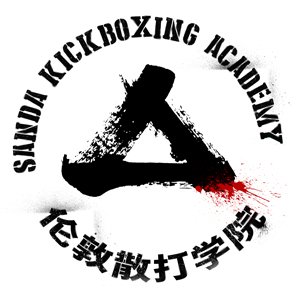Myths in Chinese Martial Arts: Part 2
Chinese martial arts, often shrouded in mystery and legend, have captivated enthusiasts worldwide. However, several myths have distorted the historical truths of these practices. This second part of our exploration delves into more misconceptions, shedding light on the true origins and meanings behind these ancient arts.
The Tai Chi Myth
Tai Chi, a practice known for its slow movements and health benefits, is often believed to be an ancient martial art with roots stretching back thousands of years. This common misconception has been debunked by historical evidence suggesting that Tai Chi was actually created in the 1850s. Historian Tang Hao, in the 1920s, conducted extensive research that challenged the ancient heritage of Tai Chi. Hao's findings indicated that most Chinese martial arts claiming ancient origins were, in fact, developed during this later period. This revelation does not diminish the value or effectiveness of Tai Chi as a martial art, but it does correct the historical timeline, providing a clearer understanding of its true origins.
The Qigong Myth
Qigong, synonymous today with Chinese martial arts and wellness practices, is believed to be an ancient practice. However, the term 'Qigong' in its current context was actually coined in the 1930s. While it's possible that Qigong may have been an evolution of older breathing and meditation techniques, concrete evidence supporting a direct lineage to ancient practices is sparse. This myth highlights a common theme in the history of Chinese martial arts: the rebranding and evolution of practices over time, often leading to a blend of historical and modern interpretations.
The Chi Myth
The concept of 'Chi' (Qi) has become intertwined with notions of a mystical, high-powered energy. Originally, however, 'Chi' had many interpretations, largely related to natural and physiological processes. It could refer to breath, the weather, or even the efficient movement of the body. The idea that someone could have 'good Chi' might simply have meant they had good posture or were in good health. Over time, the term has been spiritualized and mystified far beyond its original scope, leading to a variety of interpretations and misunderstandings about its true meaning.
The Kung Fu Misconception
One of the most widespread myths is that 'Kung Fu' directly translates to martial arts. In reality, 'Kung Fu' (Gong Fu) is a term that signifies expertise or skill acquired through hard work and time. It can apply to any discipline, not just martial arts. The original term for Chinese martial arts is 'Wushu.' This misconception likely arose from the popularization of Chinese martial arts in the West, where 'Kung Fu' became a catch-all term, further popularized by media and entertainment.
Conclusion
The myths surrounding Chinese martial arts are as intricate and varied as the disciplines themselves. By examining the historical evidence and understanding the true meanings behind these terms, enthusiasts can appreciate the rich and dynamic history of Chinese martial arts. While myths can add to the mystique, the real stories behind Tai Chi, Qigong, Chi, and Kung Fu are equally fascinating, offering a deeper insight into China's cultural heritage and the evolution of these ancient practices


